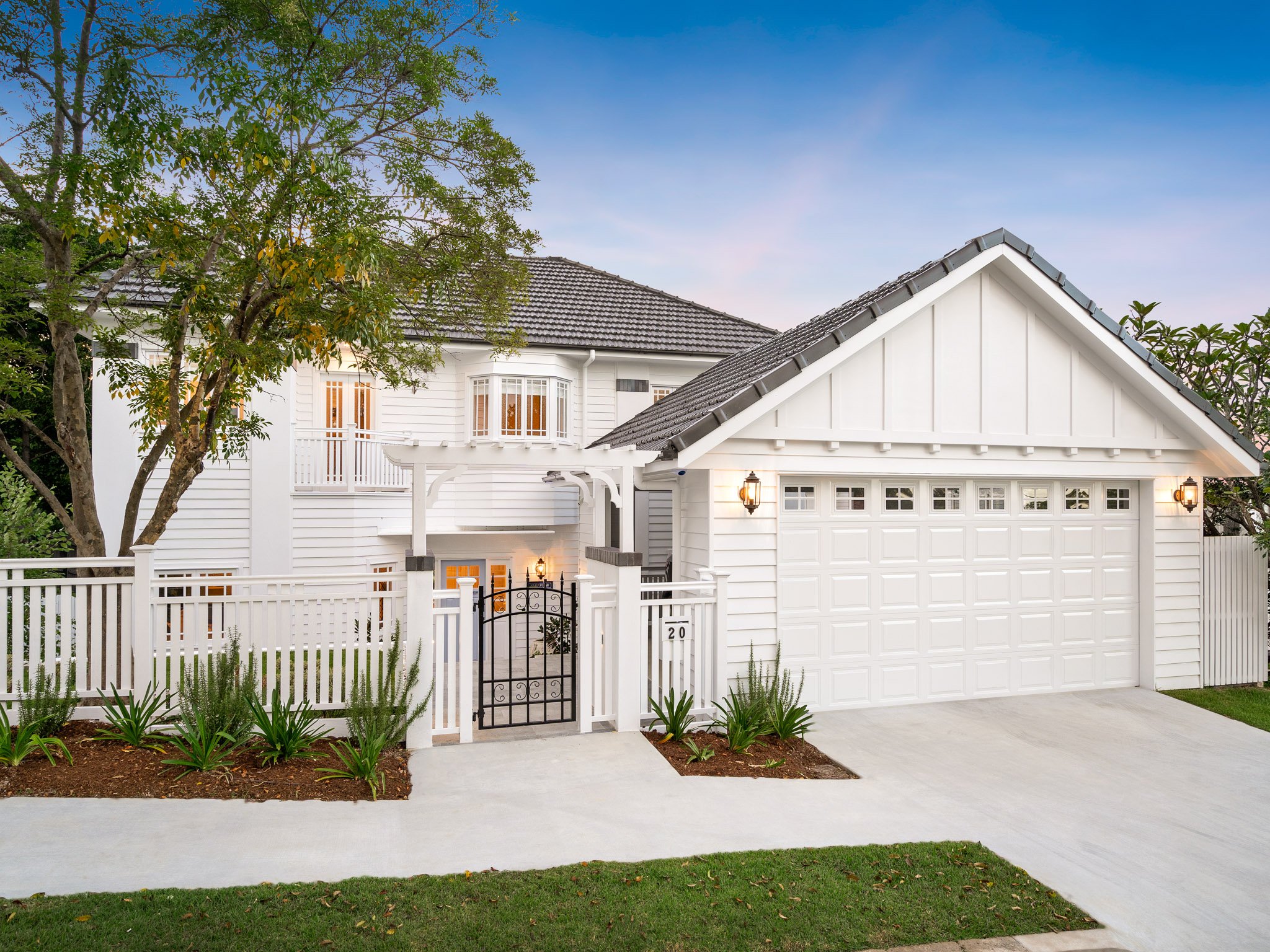10 Design Mistakes to Avoid When Renovating Your Home
Renovating your home is an exciting endeavor that has the potential to completely transform and improve your home. Whether you're updating a single room or embarking on a full-scale renovation, careful planning and attention to detail are essential for achieving a successful outcome. However, to achieve the best design outcomes, it's crucial to be mindful of common design mistakes that can derail your renovation project. In this blog post, we'll explore ten design mistakes to avoid when renovating your home.
1. Failing to Plan Ahead: Renovating a home without a clear plan in place is a recipe for disaster. Take the time to thoroughly plan every aspect of your renovation, from layout changes to material selections. Having a detailed plan will help streamline the renovation process and minimise costly mistakes along the way. Engaging an architect at the planning stage will assist you to understand the considerations, processes, consultants required, and whether your dream renovation is achievable for your budget.
Developing a conceptual design in consultation with an architect at commencement of your renovation will give you a blueprint and overarching design outcome which will guide the rest of the project. If you do not have the time to plan, we recommend engaging an architect to oversee the project throughout each stage from concepts, through to documentation, coordination of consultants, nominating material selections, and sourcing builders on your behalf.
2. Ignoring Functionality: One of the most common mistakes homeowners make is prioritising aesthetics over functionality. While it's important for your home to look beautiful, it should also meet your practical needs. Before diving into the renovation process, carefully consider how you use each space and prioritize functionality accordingly. Consider the lifestyle needs of all occupants to work out what spaces and storage you may need, what you want to display, and if you have children or elderly parents, how your home will adapt to them as they age and their needs change. Considerations will include:
hobbies, sports, collections
home based work or study needs
places in the home for relaxation and entertaining
Work/study room, library or simply a relaxing cuppa
3. Overlooking Natural Light: Natural light can dramatically impact the look and feel of a space, yet it's often overlooked during the renovation process. When planning your renovation, consider how you can maximize natural light by increasing ceiling height, incorporating larger windows, skylights, or strategically placing mirrors to reflect light. In hotter climates you will need to consider shading, positioning of eaves and awnings to reduce the heat load.
The Gap renovation High level windows, pavilion style slats transformed the natural light flow in this house.
4. Lack of Storage: Adequate storage is essential for maintaining a clutter-free and organized home. Storage requirements will vary for each client so don't overlook the importance of incorporating smart storage solutions into your renovation plans, whether it's built-in cabinetry, mud or utility rooms, closet organizers, or underutilized spaces like under-stair storage.
Perfect storage solution for busy family
5. Choosing Trendy Over Timeless: While it can be tempting to incorporate the latest design trends found on Pinterest or Instagram into your home renovation, be wary of choosing trendy elements that may quickly become outdated. Instead, opt for timeless design choices that will stand the test of time and retain their appeal for years to come.
6. Skimping on Quality: Renovating a home is a significant investment, and cutting corners on quality can end up costing you more in the long run with costly maintenance and repairs. Invest in high-quality construction materials including insulation, flooring, fixtures, and finishes that will not only enhance the look of your home but also withstand the test of time.
7. Not understanding Scale and proportion: When renovating, be mindful of scale and proportion. Architects have the expertise in this field when designing balanced spaces.
A luxe bathroom for two - balanced spaces and loo discreetly out of sight
8. Ignoring Flow and Cohesion: A well-designed home should have a sense of flow and cohesion between its various spaces. Pay attention to how each room relates to the next and strive for a cohesive design scheme that ties everything together seamlessly. When looking at inspiration images for individual rooms it is important to have a cohesive theme, otherwise the renovation may look disjointed and confused.
9. Neglecting the Exterior: While much attention is often given to the interior of a home during renovation, don't neglect the exterior. Curb appeal is important for creating a welcoming first impression, so consider updates such as landscaping, exterior paint, or adding architectural details to enhance your home's exterior.
10. Underestimating Budget and Timeline: Renovations often take longer and cost more than initially anticipated, so it's essential to be realistic about your budget and timeline from the outset. Build in a contingency fund for unexpected expenses and be prepared for delays that may arise during the renovation process.
By avoiding these common design mistakes and approaching your home renovation with careful planning and attention to detail, you can create spaces that are not only beautiful but also functional, comfortable, and timeless.
Happy renovating!
If you want to take the stress out of planning your renovation, whether it’s a conceptual blueprint, or managing the project from start to completion, contact us at admin@baahouse.com.au, 07 3137 0222 or 0409 5777 05.






